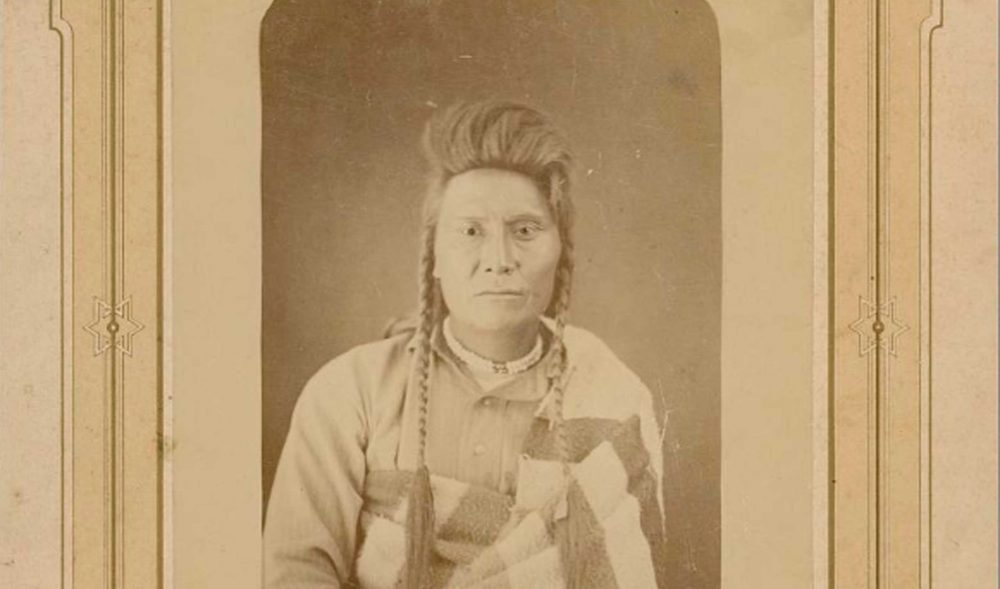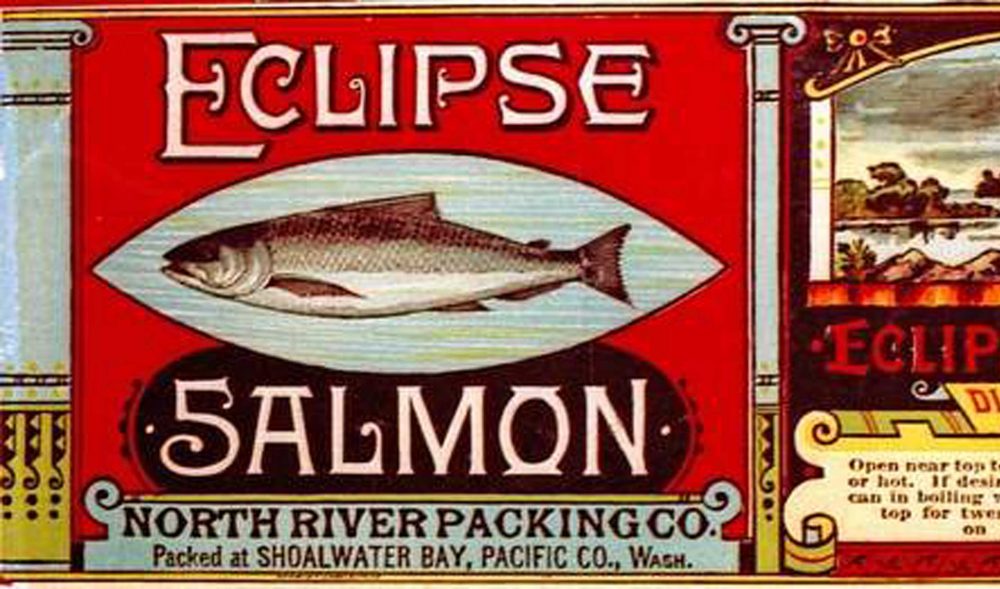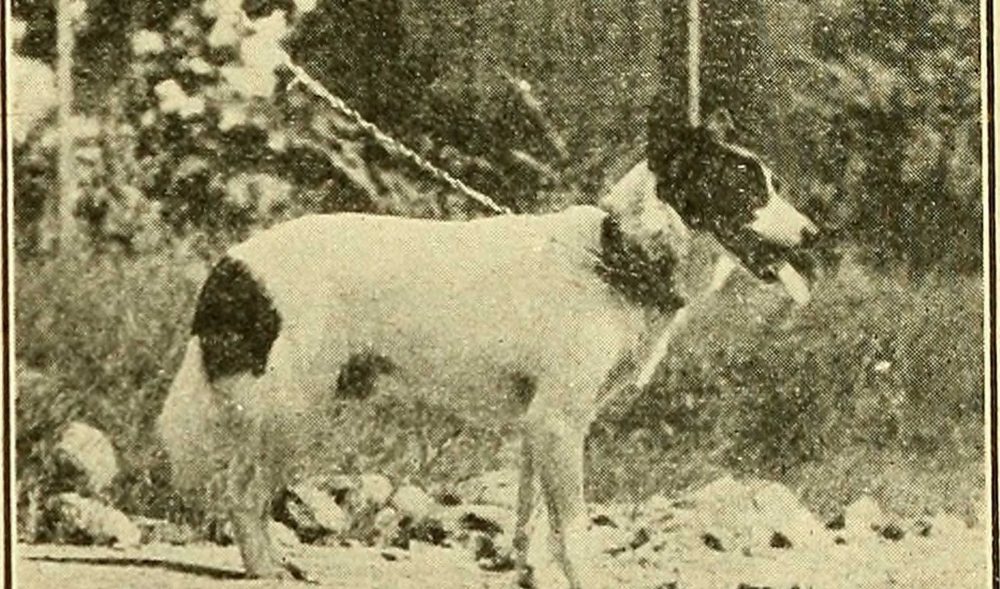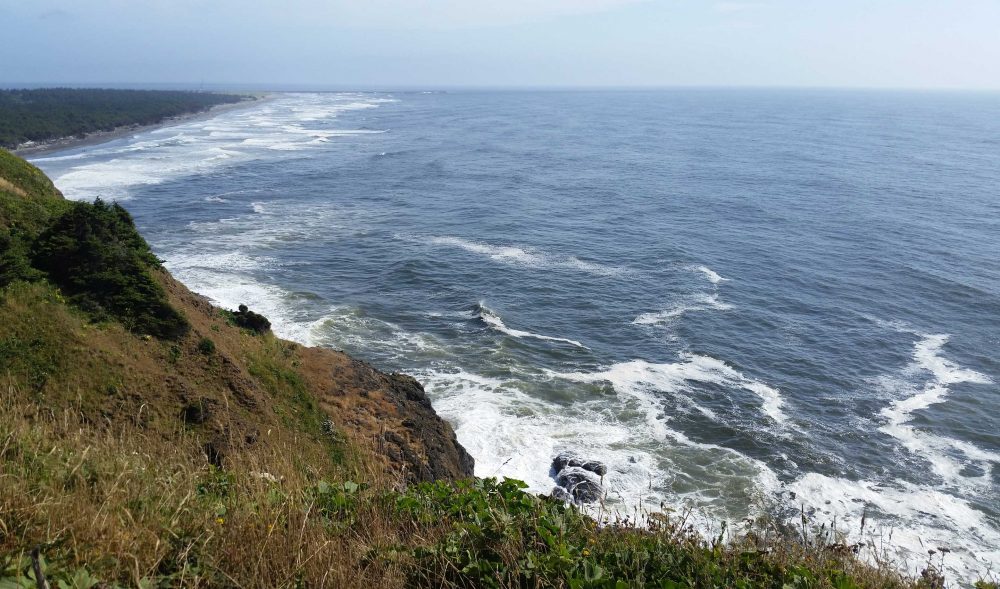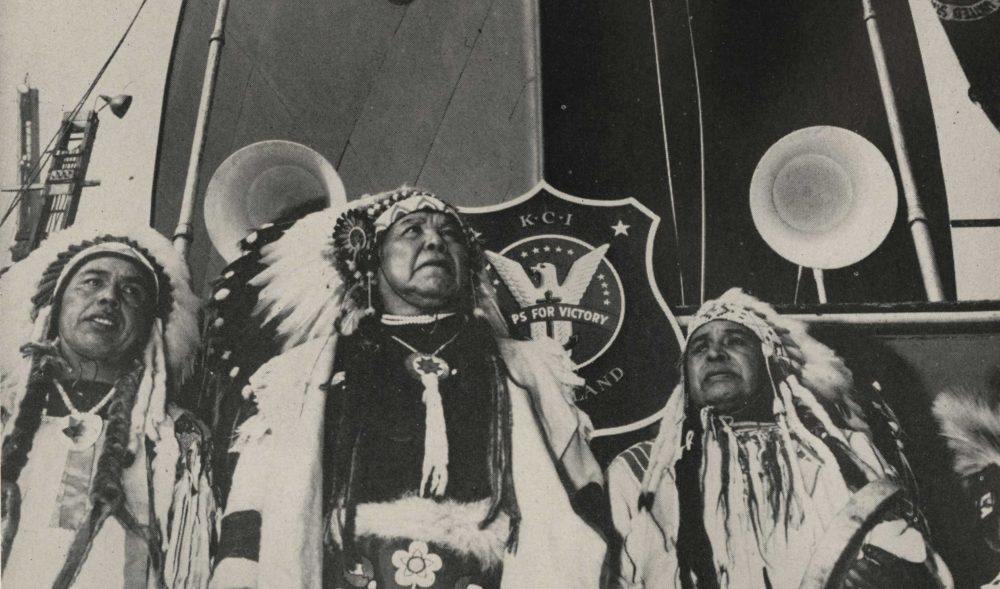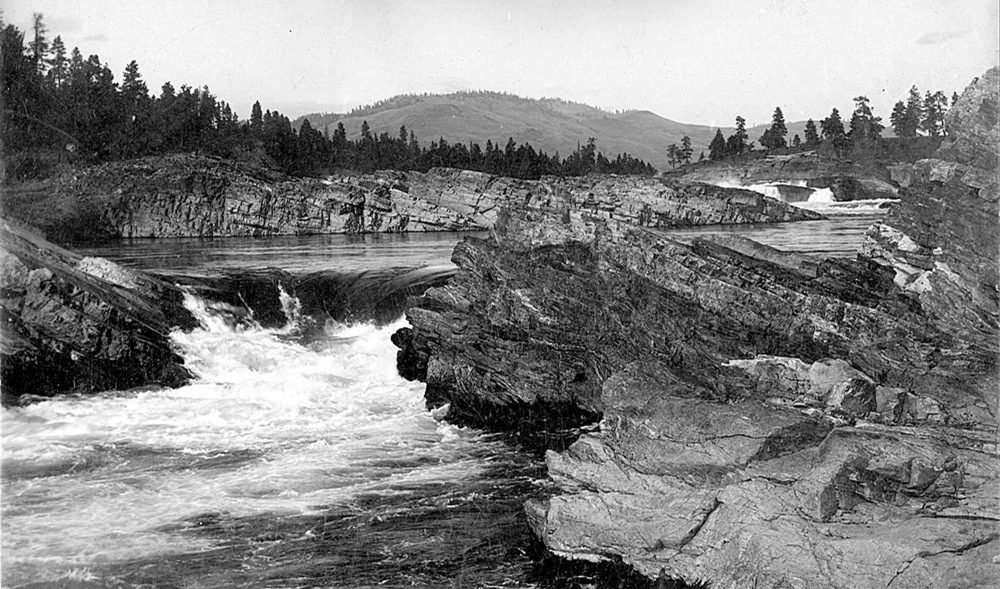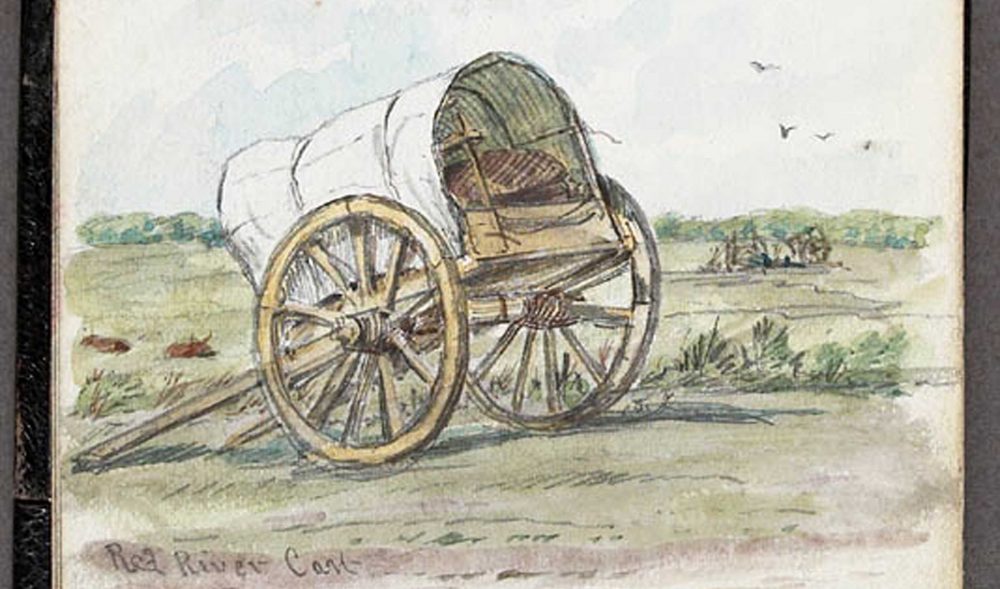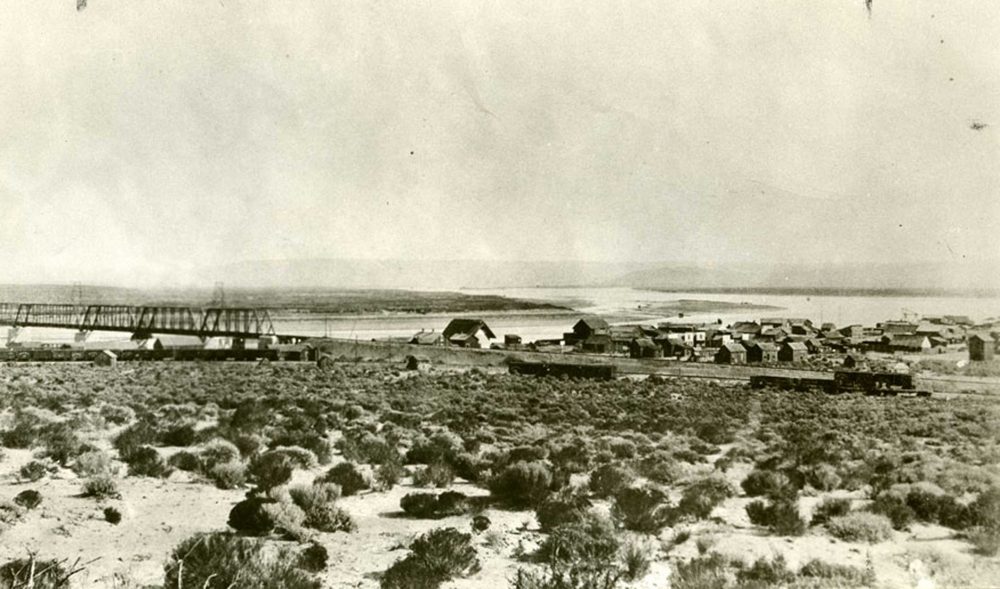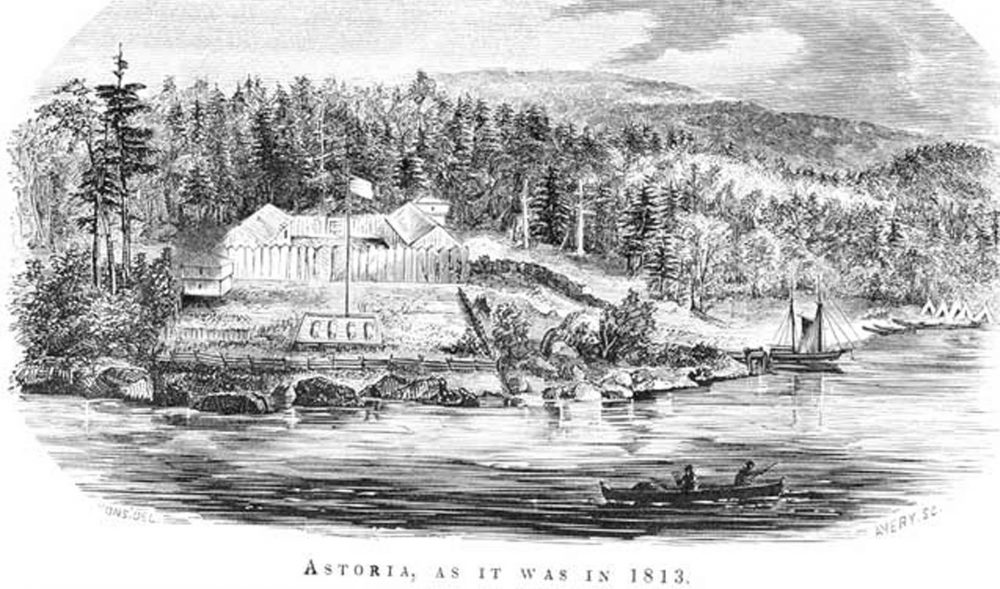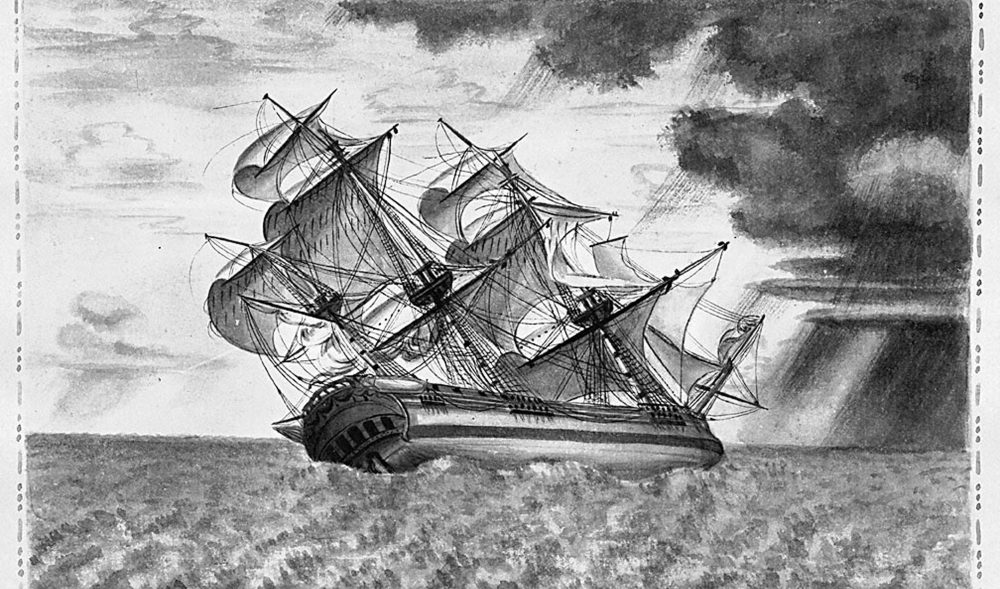Confluence Library
This article contains excerpts from an essay published by Lieutenant C.E.S. Wood, an army officer who watched the Nez Perce and had a personal relationship with Chief Joseph in 1877, on the “Indian Question.”
The 1878 eclipse brought the Nez Perce War to public eye and allowed them to secretly return home from Canada. At the same time, the Bannock were cleared out of Malheur by the Army. Canneries profited from the eclipse.
Dogs were important animals to many tribes in the Columbia Basin, for many purposes including hunting, protection, fur, and food. Many early explorers also brought dogs, such as Clark’s Seaman and Douglas’s Billy.
Orinthologist John Kirk Townsend provided valuable descriptions not only of the Columbia River’s bird populations but also of Cape Disappointment. A portion of a letter describing Cape Disappointment is reprinted here.
The World Wars brought a number of changes to the Vancouver-Portland area, including the introduction of women to the industrial labor force. Among those women were Native American women brought to work as welders.
Kettle Falls was the largest waterfall of the Columbia River. Kettle Falls was for over 10,000 years a major indigenous fishing and trade site. In 1940, they were dammed by the Grand Coulee and formed Lake Roosevelt.
Some of the earliest pioneers to Fort Vancouver, the Metis are French-Native American individuals. Although Metis were brought to Fort Vancouver on false promises, they found success for themselves in their new home.
The town of Ainsworth, Washington sat at the confluence of the Snake and Columbia Rivers and was home to a bustling work town after the end of the “Indian Question.” However, it disappeared in favor of nearby Pasco.
A variety of contesting claims were made for the Columbia River in the 19th century by explorers from Britain, the United States, and others. Missionaries, scientists, and explorers alike flocked to this “new land.”
In 1791/2 Captain Robert Gray became the first European to sail the Columbia River, entering at Cape Disappointment to trade with local Chinook. Lewis and Clark visited in 1805 and found the Chinook ready to trade.

